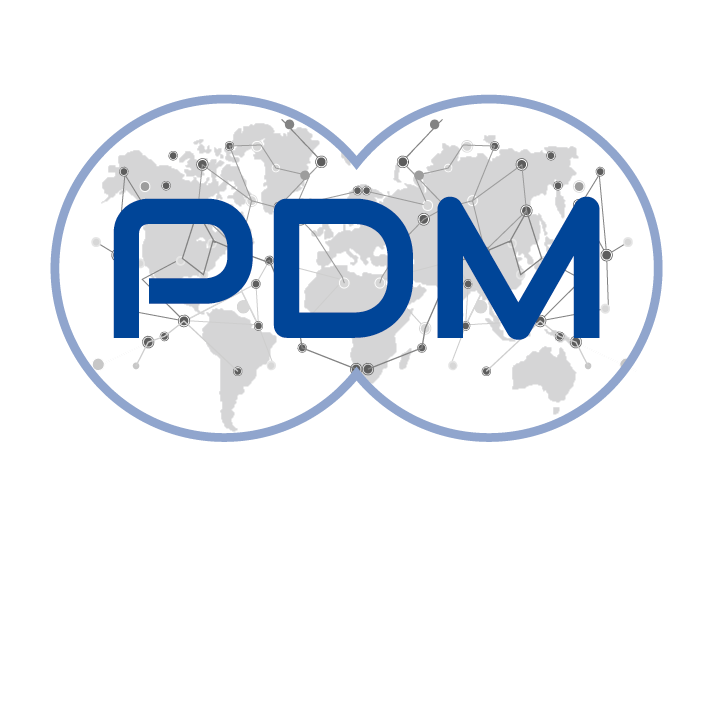Page content
How a better debt management tool can aid transparency and spur economic growth
Just as debt is critical for development, it is vital for governments to track spending, measure progress, and have an idea of the debt landscape to maintain macroeconomic stability, and make sound financial decisions.
To support countries in this effort, the World Bank developed the Debt Management Performance Assessment (DeMPA), a unique diagnostic tool which allows governments to take stock of their debt portfolio. With the DeMPA, countries can evaluate their debt management (DM) processes and institutions against sound international practice, allowing them to identify core strengths and weaknesses to help manage their government debt effectively and sustainably. It also helps countries interested in debt management reforms by helping to monitor progress in achieving government debt management objectives.
No other debt management tool gets to the level of detail as the DeMPA; it intersects with many areas of public financial management, from governance to cash management, ITC to staff and human resources. The aspects evaluated range from the policy decision-making level to the operational level, where DM operations are undertaken.
Since its launch in 2007, more than 80 low-income and lower-middle income countries—mostly in Sub-Saharan Africa—have completed assessments, and at least eight countries have requested assessments over the next year.
Recently, we revised the methodology to make this process even more detailed, while at the same time, creating a more user-friendly tool.
What’s new
The DeMPA 2021 was redrafted to improve debt management monitoring through the scoring and cross-country comparison. For example, the indicators forming the scores were broken down into smaller pieces, identifying its components outrightly. This provides an explicit reference to all requirements and avoids repetition, increasing clarity and reducing the possibility for misinterpretation of the criteria. Additionally, the language was clarified and there are plenty of definitions and references for users in the field.
Special attention was also given to debt reporting standards, and the identification of debt-related fiscal risks between country governments and the financial sector. This allows countries to flag liabilities coming from broader government levels, such as the non-financial public sector.
To further deepen the analysis, we have also updated the assessment content, some of which was sparked by the COVID-19 (coronavirus) pandemic, such as whether or not government debt managers have the ability to work remotely. Enabling conditions within the country government were also taken into consideration by extending the legal framework to inform central governments about borrowing from other public entities.
Information sharing between entities are key in debt management, so coordination aspects were enhanced to capture to which degree there is collaboration among government levels and state-owned enterprises and off-budget entities.
While the DeMPA’s focus on debt management processes have yielded meaningful rearrangements in various debt management core functions, the tool is focusing on the implementation side, or how things are done. The idea was to assess whether the staff can articulate the steps to undertake domestic and external debt issuances, guarantees and on-lending operations and to perform sound recording, payment, and reporting. A similar approach was applied to evaluate how cashflow forecasting and cash balances are managed within the central government.
As a result of the revisions, assessment reports will be more granular, effectively transforming information into traceable sub-indicators that will further contribute to measuring progress and facilitating policy dialogue.
These changes not only allow governments to get a complete picture, but the assessment should allow the Bank to have an open and transparent conversation about debt with country governments, serving as a solid foundation for fiscal accountability and paving the way for meaningful reforms for sound debt management.



